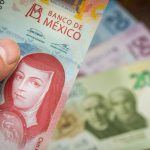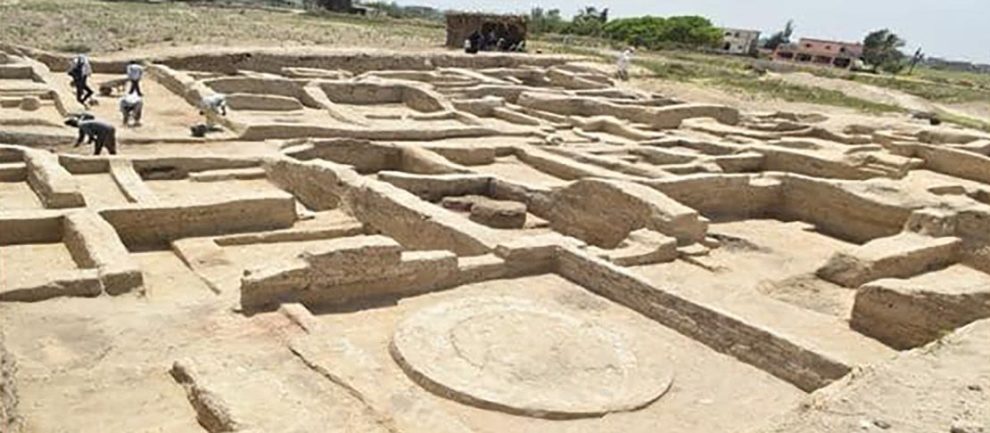() – Archaeologists have found the ancient remains of an Egyptian army barracks and artifacts left there, including a still-shining bronze sword engraved with the name of King Ramses II in hieroglyphics.
The complex consisted of warehouses for storing weapons and food, as well as barracks to house soldiers at a strategic point in the northwest of the country, some 90 kilometers south of Alexandria, according to a statement issued by Egypt’s Ministry of Tourism and Antiquities. From there, soldiers could defend Egypt’s northwestern borders from attacks by Libyan tribes and Sea Peoples at a time when the ancient empire was at the height of its powers.
It is unclear exactly how old the fort was, but Ramesses II reigned between 1279 BC and 1213 BC. His reign was the second longest in Egyptian history. According to the ministry, Egypt was enjoying a time of economic prosperity and political stability known as the New Kingdom when the fort was in use.
Under the reign of Ramesses II, whose name was also engraved on a limestone block found at the fort, Egypt fought several wars against the Hittites and Libyans, necessitating these northern headquarters, while art and culture flourished, leaving several artefacts for archaeologists to examine.
The group discovered numerous personal items belonging to the soldiers who were there, revealing details about their daily lives.
These objects included weapons used in war, hunting tools, personal accessories and ivory kohl applicators. Archaeologists also discovered necklaces made of carnelian and faience beads (types of semi-precious stones used by the ancient Egyptians), as well as a bronze half ring.
Different types of scarabs were also found in the barracks that referred to Egyptian gods.

In addition to these personal objects, archaeologists discovered the burial site of a cow, which for the ancient Egyptians was associated with divine powers and represented strength, abundance and prosperity, the press release added.
All the buildings were made of mud bricks and arranged in two identical blocks separated by a small passage, Mohammad Ismail Khaled, secretary-general of the Supreme Council of Antiquities, added in the statement. Some of the rooms were used to store food, said Ayman Ashmawy, head of the Egyptian antiquities sector at the Supreme Council of Antiquities, and large fragments of pottery and animal bones are still preserved.






![[Img #74286]](https://thelatestnews.world/wp-content/uploads/2024/11/Stem-cells-grown-in-space-have-unique-qualities-150x150.jpg)




![[Img #74286]](https://thelatestnews.world/wp-content/uploads/2024/11/Stem-cells-grown-in-space-have-unique-qualities-300x200.jpg)

Add Comment